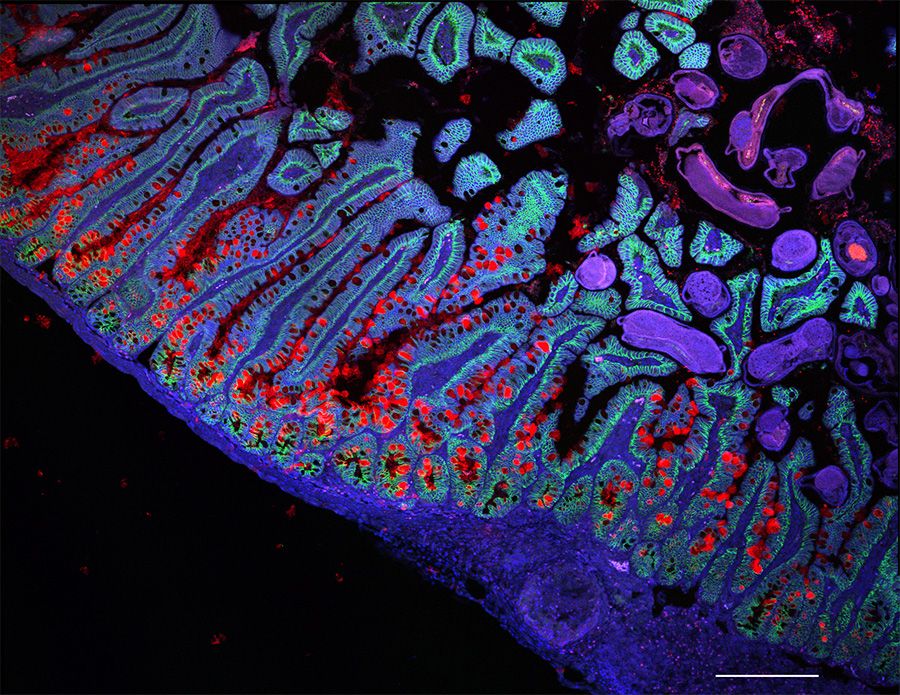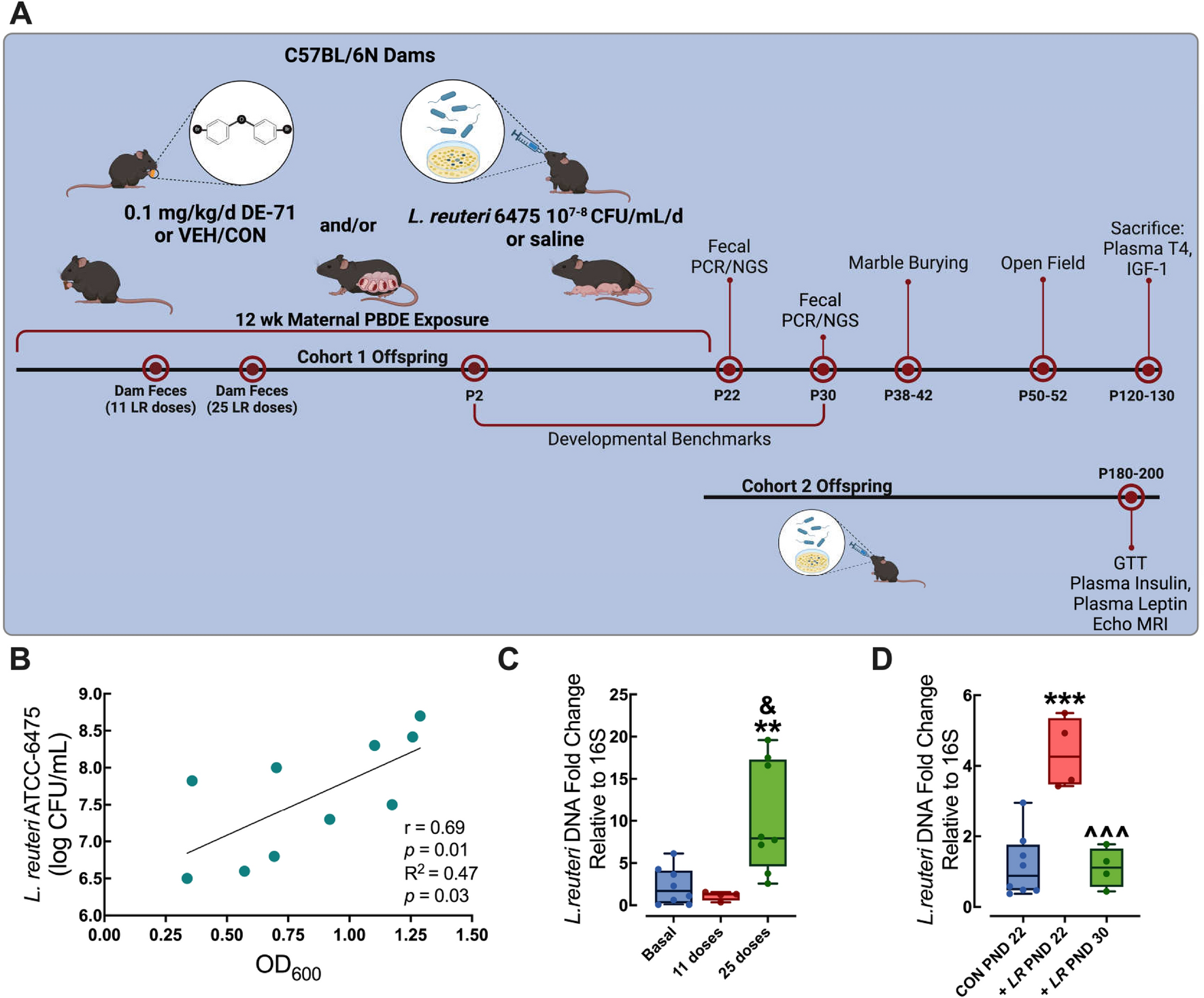2024-11-22 ミュンヘン大学(LMU)
<関連情報>
- https://www.lmu.de/en/newsroom/news-overview/news/alzheimers-new-strategy-for-amyloid-diagnostics.html
- https://alz-journals.onlinelibrary.wiley.com/doi/10.1002/dad2.70031
疾患修飾療法による治療前の仮想シナリオにおけるAβ状態評価: 大学メモリークリニックにおける10年間の実臨床経験からのエビデンス Aβ status assessment in a hypothetical scenario prior to treatment with disease-modifying therapies: Evidence from 10-year real-world experience at university memory clinics
Matthias Brendel, Tandis Parvizi, Johannes Gnörich, Christof Elias Topfstedt, Katharina Buerger, Daniel Janowitz, Boris-Stephan Rauchmann, Robert Perneczky, Carolin Kurz …
Alzheimer’s & Dementia: Diagnosis, Assessment & Disease Monitoring Published: 22 November 2024
DOI:https://doi.org/10.1002/dad2.70031

Abstract
INTRODUCTION
With the advent of disease-modifying therapies, accurate assessment of biomarkers indicating the presence of disease-associated amyloid beta (Aβ) pathology becomes crucial in patients with clinically suspected Alzheimer’s disease (AD). We evaluated Aβ levels in cerebrospinal fluid (Aβ CSF) and Aβ levels in positron emission tomography (Aβ PET) biomarkers in a real-world memory-clinic setting to develop an efficient algorithm for clinical use.
METHODS
Patients were evaluated for AD-related Aβ pathology from two independent cohorts (Ludwig Maximilian University [LMU], n = 402, and Medical University of Vienna [MUV], n = 144). Optimal thresholds of CSF biomarkers were deduced from receiver operating characteristic curves and validated against Aβ PET positivity.
RESULTS
In both cohorts, a CSF Aβ42/40 ratio ≥ 7.1% was associated with a low risk of a positive Aβ PET scan (negative predictive value: 94.3%). Implementing two cutoffs revealed 14% to 16% of patients with intermediate results (CSF Aβ42/40 ratio: 5.5%–7.1%), which had a strong benefit from Aβ PET imaging (44%–52% Aβ PET positivity).
DISCUSSION
A two-cutoff approach for CSF Aβ42/40 including Aβ PET imaging at intermediate results provides an effective assessment of Aβ pathology in real-world settings.
Highlights
- We evaluated cerebrospinal fluid (CSF) and positron emission tomography (PET) amyloid beta (Aβ) biomarkers for Alzheimer’s disease in real-world cohorts.
- A CSF Aβ 42/40 ratio between 5.5% and 7.1% defines patients at borderline levels.
- Patients at borderline levels strongly benefit from additional Aβ PET imaging.
- Two-cutoff CSF Aβ 42/40 and PET will allow effective treatment stratification.


